By the time tap water reaches your home, it may have already “changed its taste.”
Some say, “Water from the treatment plant meets standards, so it's safe to drink directly.” At first glance, this sounds reasonable. But the journey from the plant to your faucet hides many pitfalls! A friend at the water company told me their factory standards are stricter than the EU's. Yet as water flows through rusty neighborhood pipes and neglected water tanks, rust, sediment, and bacteria all get mixed in. Last summer, residents in a Shenzhen apartment building suffered stomach issues due to contaminated water tanks. Testing revealed bacterial levels 17 times higher than safe limits!
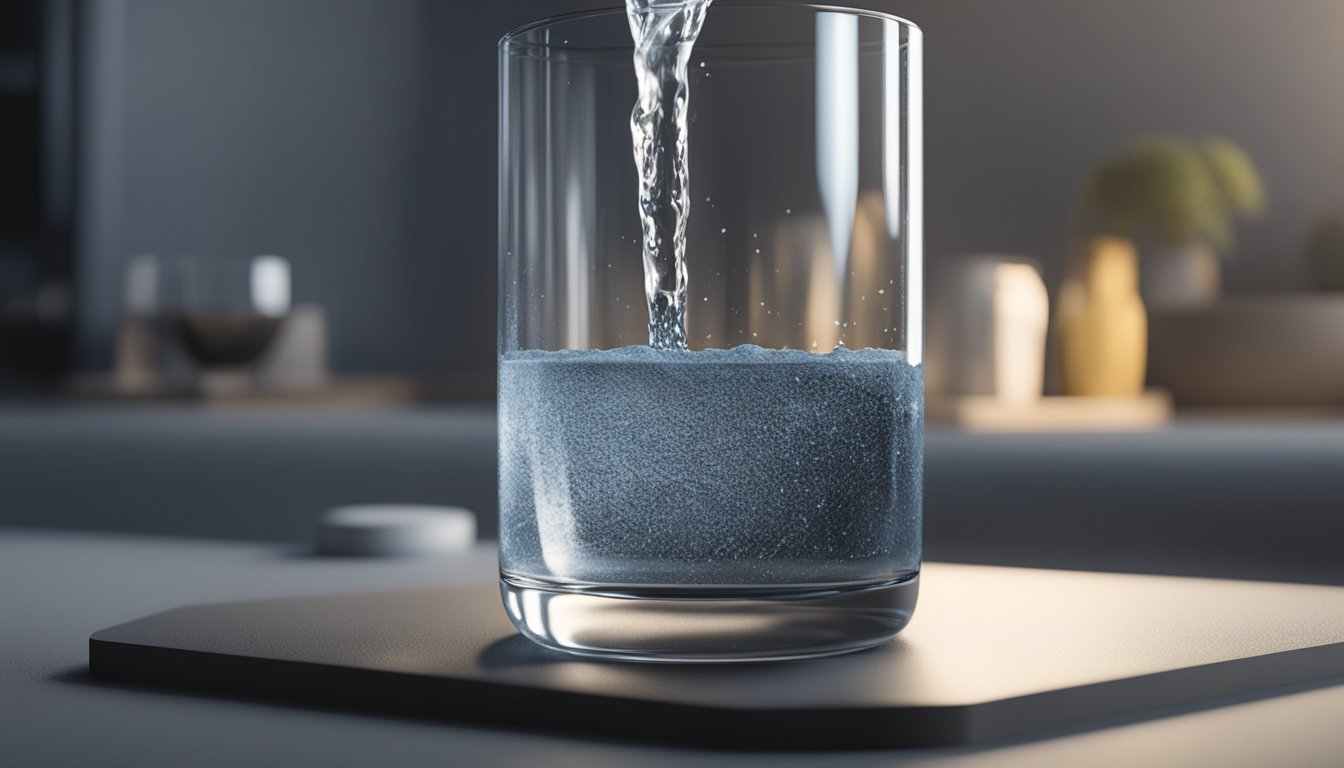
Don't assume boiling water solves everything! Provincial CDC data shows boiling kills bacteria but does nothing against heavy metals like lead and mercury—nor does it remove rust from pipes. After testing water for many clients, I've seen tap water from older homes develop a layer of grime at the bottom of the cup after just half an hour of sitting. Residual chlorine is another concern. While chlorination by water treatment plants is necessary, residual chlorine reacts with organic compounds in water to form trihalomethanes. Long-term consumption of these compounds is harmful to health. Some might argue, “We drank tap water as kids and were fine,” but data from Beijing Children's Hospital is truly alarming: In recent years, 32% of children diagnosed with kidney stones had consistently consumed unfiltered tap water at home. These invisible contaminants are like boiling a frog in gradually heated water—the harm only becomes apparent over time. Parents with infants should be especially vigilant: using unclean water to prepare formula can immediately cause digestive issues in children.
Choosing the wrong water purifier means throwing money down the drain
The water purifier market is chaotic today, flooded with claims like “nano-filtration” and “quantum purification,” yet many products lack even basic certifications.
When selecting a water purifier, experts prioritize certifications! The most authoritative international certifications are NSF and WQA. NSF Standard 53 specifically tests lead and pesticide removal, while Standard 42 evaluates post-filtration taste. Reputable brands prominently display these certifications. Whole-unit NSF certification means every component—from filter cartridges to casings—undergoes rigorous testing, far more reliable than certifications limited to individual parts. Products claiming to “cure all ailments” yet lacking certifications are pure scams!
Different regions require different water purifiers:
Northern regions with hard water and heavy scale buildup? RO reverse osmosis is the right choice. Its filtration precision reaches 0.0001 microns, trapping even heavy metal ions. Southern regions have softer water but higher bacterial levels. An ultrafiltration system paired with a pre-filter is ideal—it preserves minerals while filtering out bacteria. A customer in Suzhou used an RO system, reducing water conductivity from over 300 to below 10. Their kettle remained scale-free after six months of use.
Don't fall for the “zero wastewater” gimmick! Wastewater production is a normal physical filtration phenomenon for RO systems, with reputable products typically operating at a 1:1 to 2:1 waste-to-clean water ratio. Claims of “zero wastewater” either mislead or indicate poor filtration efficiency, where contaminants accumulate in the filter over time. Always verify the actual wastewater ratio when purchasing and prioritize models with water-saving certifications.
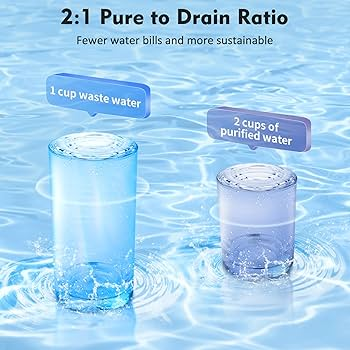
Failure to Replace Cartridges Turns Water Purifiers into “Dirty Water Machines”
During a recent inspection, I was stunned upon removing the cartridge—the activated carbon was pitch-black and foul-smelling, dirtier than untreated tap water! Data shows over 75% of households neglect timely cartridge replacement, with those over 45 being particularly prone to this oversight. Many mistakenly believe cartridges last indefinitely once installed. Using a water purifier this way is practically breeding bacteria at home! Different filter cartridges have vastly different lifespans: PP cotton filters primarily remove sediment and should be replaced every 3-6 months; activated carbon filters adsorb residual chlorine and organic compounds and must be replaced every 6-9 months; the most critical RO membrane or ultrafiltration membrane, though durable, should be replaced within 2 years at most. The most extreme case I've seen involved a filter left unchanged for five years—the purifier grew green algae inside, and the output water had bacteria levels 40 times over the limit!
Here are a few quick ways to tell when filters need replacing: If your RO purifier's flow rate noticeably drops, the membrane might be clogged; if boiled water has an odd taste, the activated carbon has failed; if a water tester shows a sudden spike in TDS levels, replace the filters immediately. Many high-end purifiers now feature smart alerts, letting you check filter status via a mobile app. When purchasing, always clarify the filter cost and replacement schedule—some purifiers seem cheap upfront, but their replacement filters can be shockingly expensive!
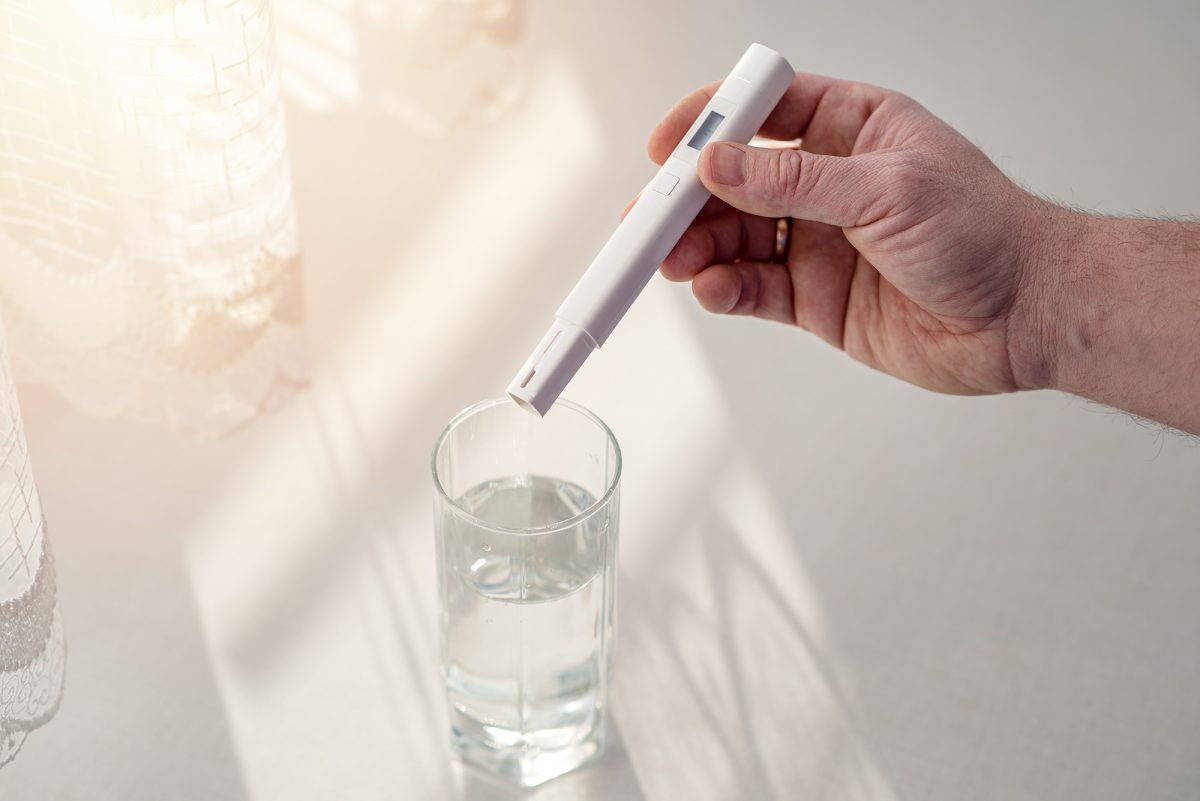
Doing the math, water purifiers are far more cost-effective than bottled water.
Some people claim “buying a water purifier isn't worth it compared to ordering bottled water,” but that calculation is seriously flawed! Take a family of three, for instance. If they drink two bottles of water daily at 14 yuan per bottle, their annual water bill alone exceeds 10,000 yuan. A reliable RO water purifier costs around 2,000 yuan upfront, with annual filter replacements costing only about 300 yuan. Over five years, it saves nearly 40,000 yuan compared to bottled water! Bottled water also poses health risks: if a water dispenser isn't cleaned every three months, it becomes a breeding ground for bacteria. After disassembling a water dispenser used for half a year, the inner tank was covered in a sticky substance. Moreover, bottled water begins to deteriorate in quality three days after opening, with bacteria multiplying faster in summer.
A kindergarten teacher mentioned that since switching to filtered tap water, children's cases of diarrhea have significantly decreased. From an environmental perspective, the empty plastic bottles used nationwide each year could circle the Earth twice! A water purifier generates less than 10 pounds of waste filter cartridges annually, which manufacturers can recycle. Environmental authorities calculated that households using water purifiers reduce plastic bottle usage by 280 units yearly—not just saving money, but also lightening the Earth's burden.
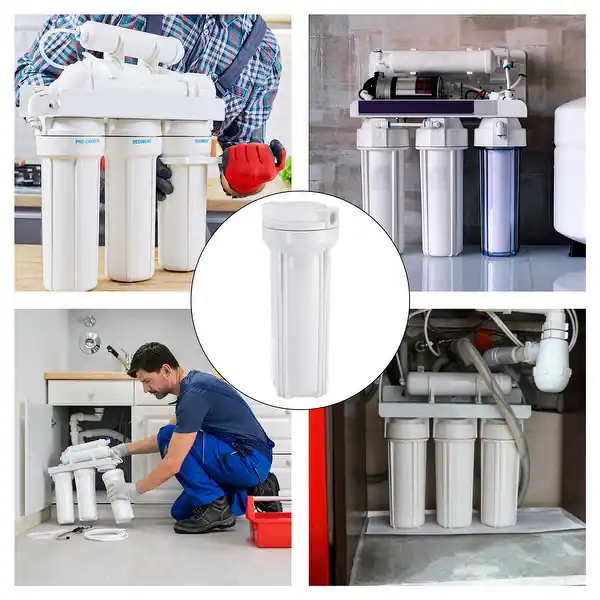
These installation details directly impact how well your water purifier performs
Some complain, “After installing the purifier, the water pressure is so low I can't even take a shower!” This stems from poor upfront planning. During renovations, reserve space for the purifier during the plumbing and electrical phase. Remember to install a 10A outlet under the kitchen sink and fit an angle valve on the inlet for easier future maintenance. For older homes, test water pressure beforehand. If it's below 0.1MPa, a booster pump is essential—otherwise, the flow will be pitifully weak.
The installer's skill is crucial! One client complained their water purifier wasn't working properly—only to find the previous installer had installed the RO membrane backwards. Proper installation follows these steps: Test the TDS level of the source water before installation, then test the purified water afterward to ensure filtration effectiveness. Carefully check all connections for leaks—a quick wipe with a paper towel will reveal any issues. Also, instruct the user on how to replace filters and interpret the indicator lights. Installers who rush through the job in ten minutes are often unreliable. Northerners, take special note! If your water purifier is installed in a cold spot like a balcony during winter, always shut off the water valve at night and drain the unit completely. Otherwise, frozen filter cartridges will expand and ruin the entire machine. Every winter, we hear about countless repair calls for frozen water purifiers—repairs costing more than buying a new unit, which is a huge waste! Before bed tonight, try this simple test: fill a cup with tap water and let it sit for half an hour. Check the bottom for sediment. Then smell the boiled water—does it have an off odor? These small details matter for your family's health.
When choosing a water purifier, you don't have to buy the most expensive one. Just look for certified models that are easy to maintain. Remember, the key to drinking healthy water is knowing how to choose wisely! Spending a little extra on a reliable water purifier brings decades of peace of mind for your whole family—it's a bargain no matter how you look at it! If you found this helpful, share it with your family and friends so more people can drink water they can trust!
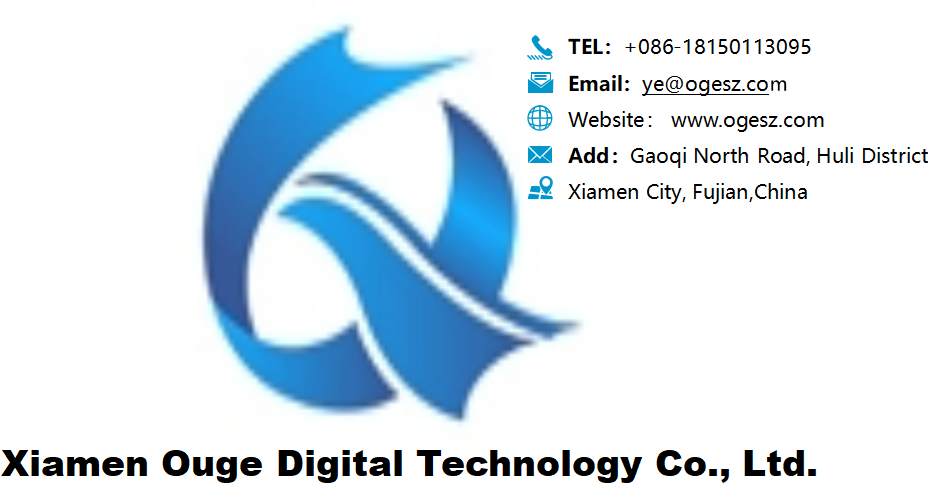
 Reverse Osmosis Technology for Wastewater Treatment: Understanding How RO Systems Operate
Reverse Osmosis Technology for Wastewater Treatment: Understanding How RO Systems Operate
 The “Magic” of Turning Seawater into Freshwater: Unveiling the Core Secrets of Reverse Osmosis Technology
The “Magic” of Turning Seawater into Freshwater: Unveiling the Core Secrets of Reverse Osmosis Technology
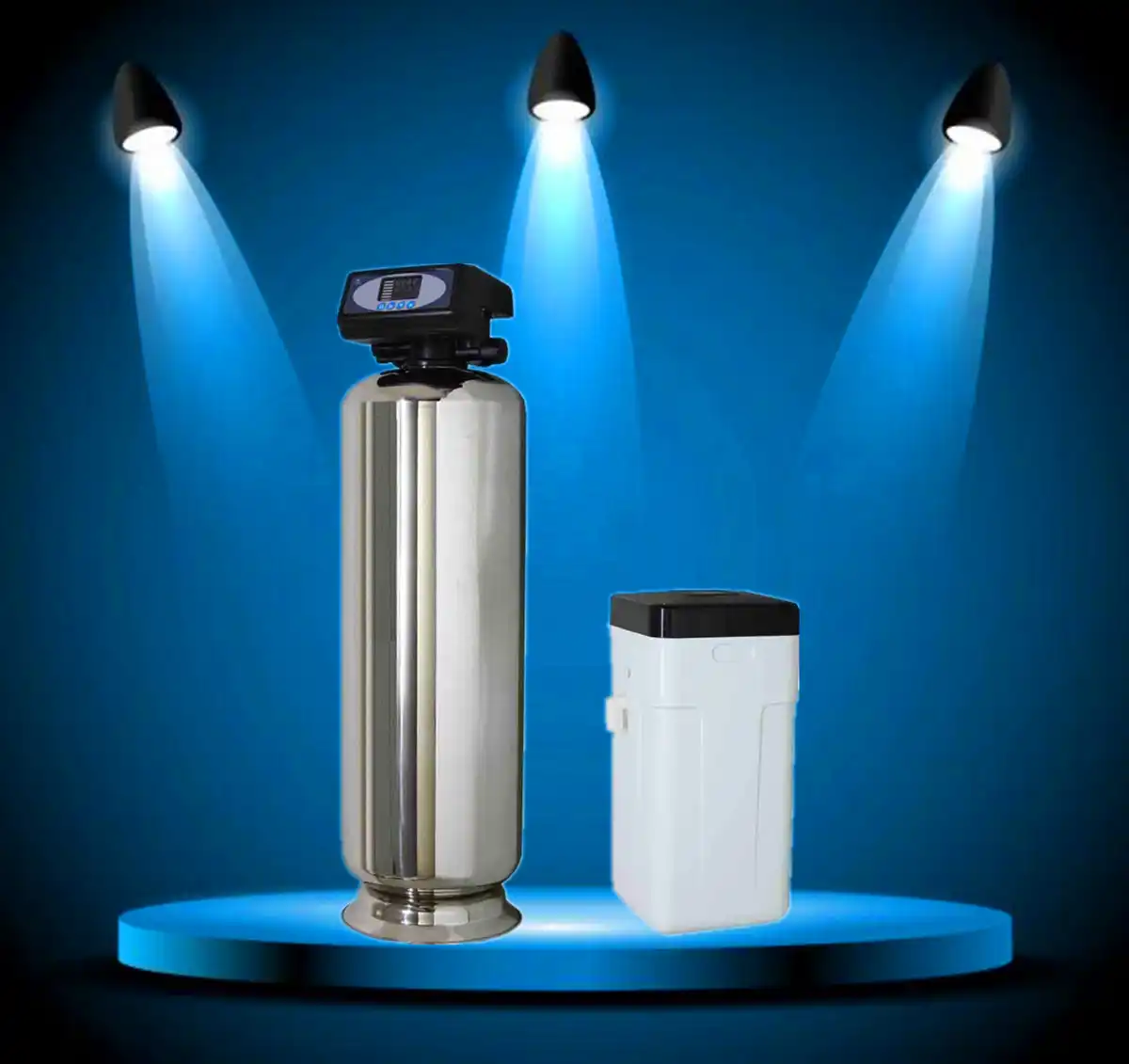 How to Choose Reliable Central Water Filtration and Water Softening Systems? Most People Get It Wrong!
How to Choose Reliable Central Water Filtration and Water Softening Systems? Most People Get It Wrong!
 In rural areas, where groundwater from wells is the primary water source, is it truly necessary to install water purification equipment?
In rural areas, where groundwater from wells is the primary water source, is it truly necessary to install water purification equipment?